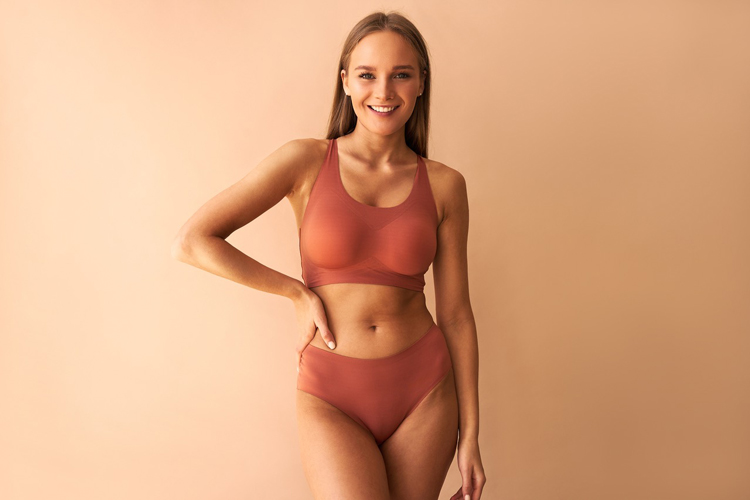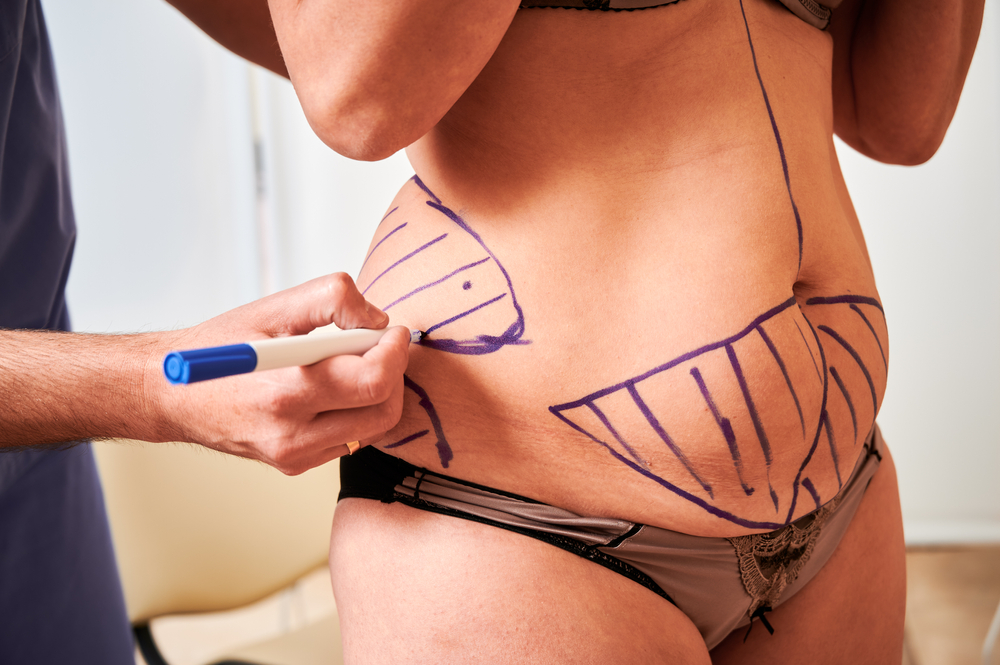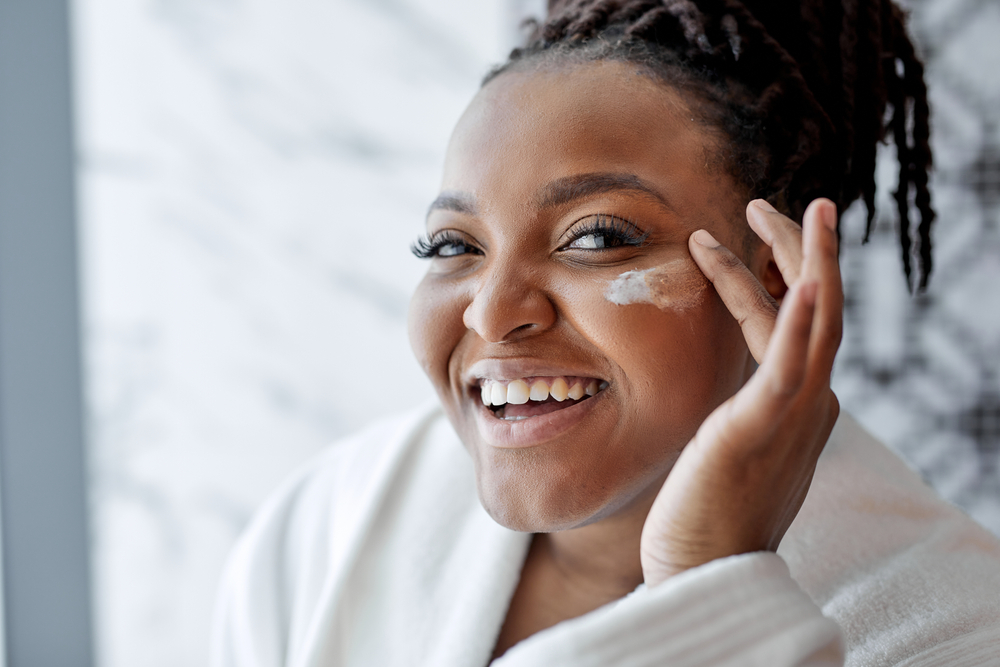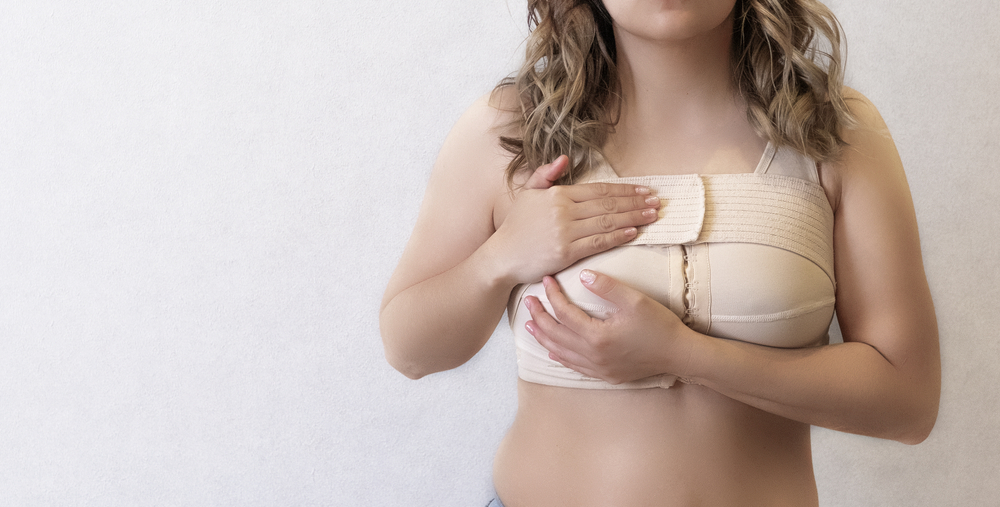 Optimizing your plastic surgery results is very important. Just as there are principles that I abide by as a plastic surgeon to optimize safety and produce long lasting and aesthetically pleasing results, there are things you as the patient need to be aware of. It is a two-way street. Many of the principles
Optimizing your plastic surgery results is very important. Just as there are principles that I abide by as a plastic surgeon to optimize safety and produce long lasting and aesthetically pleasing results, there are things you as the patient need to be aware of. It is a two-way street. Many of the principles
below apply to all forms of plastic surgery, including breast au mentation, BBL or fat grafting of the buttocks, tummy tuck or abdominoplasty and liposuction.
Table of Contents
ToggleBEFORE SURGERY
Much like athletics, you must train your body in advance of surgery.
- DIET: Eating green and clean and avoiding processed foods is critical. Processed food generates oxygen free radicals and in increased inflammation, thus slowing healing, increasing pain, and promoting pathologic, internal scarring or “capsular contracture.” Capsular contracture is the number one reason for repeat surgery. Surgery, like any trauma, requires additional energy for healing. Protein is a critical building block for wound healing and thus protein loading is important prior to and after your procedure. Remember, with breast augmentation, you must play the long game. It is not about looking good at six weeks. Proper diet as part of that long game.
- SMOKING: much like poor diet, smoking generates oxygen free radicals and inflammation, leading to wound complications, increased infection, and increased capsular contracture. When I say smoking, it includes both TOBACCO and MARIJUANA. Many of my marijuana smokers harbor this false notion that marijuana is benign and cleaner than tobacco. The opposite is true. A recent study demonstrated that marijuana cigarettes cause more emphysema and lung damage than tobacco (https://pubmed.ncbi.nlm.nih.gov/36378033/) The same misperception surrounds vaping. The chemicals found in vape aerosols are toxic. In addition, I have noticed that chronic marijuana users have a very difficult time with anesthesia and overall recovery from a psychiatric standpoint. Marijuana smoking does real brain damage, especially in the younger population, and this often doesn’t show up until after surgery. Please stop at least six weeks before surgery and six weeks after. This will help protect you. I would honestly advise to stop altogether or at least not make it habitual (every day)!
- EXERCISE: exercise releases endorphins and chemicals that counteract much of the juju described above. It also strengthens the muscles and will promote a faster recovery and help make the body resilient against the stress of surgery.
- AVOID ANTICOAGULANTS: blood is pro-inflammatory and thus blood in the breast pocket after a breast augmentation can lead to greater inflammation, fibrosis and potentially capsular contracture. Please avoid all anticoagulants (substances that disrupt the the clotting cascade) at least two weeks prior to breast augmentation. This includes alcohol, aspirin, ibuprofen, fish oil, etc. We give people a long list of things to avoid prior to their procedure but keep this in mind always.
SURGERY
There are certain things that I try to do as a plastic surgeon to minimize trauma, bleeding, and pain as these can all negatively affect the outcome of breast augmentation. Some of the things I employ include:
- ERAS PROTOCOLS: I’ve been using ERAS (Enhanced Recovery After Surgery) protocol since 2015. I was the first in North Carolina to do so and one of the early adopters in the entire SE. Both Novant and Carolinas Medical Centers had not adopted these principles in their surgery departments at that time. The idea is simple. You administer pain medication and anti- inflammatory medicines prior to surgery. This reduces the level of inflammation and aborts some of the pain cascade which reduces anesthetic requirements, thus promoting a smoother, safer and quicker recovery. Another central tenant of ERAS protocol is to minimize the use of narcotics. Narcotics slow recovery down significantly and people don’t understand this. Along these lines, patients get high dose Tylenol, Zanaflex (a muscle relaxer with pain a central pain blockade mechanism), Meloxicam which is a long acting non-steroidal along with a dose of oxycodone and a long-acting local anesthetic called Bupivacaine. After surgery, this same cocktail is continued as needed with minimal opioid usage being the norm. (https://academic.oup.com/asj/article/38/6/676/4742228)
- ATRAUMATIC DISSECTION: gentle surgical dissection does influence pain levels. Blood in the pocket is inflammatory in nature and promotes pain. When dissecting muscles, you have to be very careful not to undermine too many of the nearby muscle groups. You also want to stay in the loose areolar plane just underneath the pectoralis major muscle only, avoiding the ribs at all costs. If the ribs are cauterized, it can cause a lot of longlasting pain much like a rib fracture.
- SUBFASCIAL VERSUS SUBMUSCULAR: this is a corollary of #2. In the distant past, implants were placed under the breast tissue (aka subglandular). This led to a very high capsular contracture rate. Surgeons then transitioned to a total submuscular placement which lowered the contracture rates but also created an odd look and was very morbid and painful. The current approach, dual plane or partial submuscular placement is better but still morbid IMO. Despite what the 24-hour recovery crowd says, cutting through the pectoralis major muscle is still morbid and reduces the strength of that muscle by about 30%. Athletes and patients who work out will notice this loss. I am a HUGE fan of the subfascial placement. There is far less pain and an easy recovery with no loss of function. The contracture rates are equal to the dual plane technique in my practice. The only downside is it takes a little longer being a delicate dissection. The wham bam thank m’am breast jockeys do not like this as their beloved dual plane technique takes far less time (as little as 15 minutes) rather than the hour or so it takes me to do a subfascial.
- FOLD INCISION: When it comes to limiting trauma of dissection, accuracy and low capsular rates, the fold incision is superior. It is the only incision I use. (https://pubmed.ncbi.nlm.nih.gov/17994260/)
- ANATOMY IS SACRED: I’m known for being a conservative breast surgeon. I don’t like implants that are too big for someone’s God-given frame. If you go with too large an implant that extends beyond your natural breast, you can stretch and thin out tissues, cause rib deformation, and lead to less durable results with higher complication rates including capsular contracture. I do a lot of breast revision surgery, and I see a lot of horrible results resulting from too large an implant. I did Aesthetics fellowship in Los Angeles and saw the evil fruits of this constantly. Furthermore, too large an implant puts the tissues on major stretch and increases pain like crazy. Many surgeons who promote “24-hour breast augmentation recovery” protocols neglect to emphasize this fact. You can’t cheat physics and anatomy. If you go too large, the muscles get put under major tension and this will hurt like a mother.
- KELLER FUNNEL: I love this device and many surgeons don’t use it because it’s expensive, but I find that it lowers the capsular contracture rates and is far less traumatic on the tissues and the implant itself. The implant literally squirts in through a cake funnel-like device instead of jamming it through with fingers. It avoids contaminating the implant with skin bacteria that are one known cause of capsular contracture. Using the Keller funnel truly creates a “no-touch” technique which is critical. (https://pubmed.ncbi.nlm.nih.gov/30276059/)
- BREAST IMPLANTS VITAMINS: as is the norm in the US, my surgical training neglected the role of nutrition and targeted vitamin use in plastic surgery. This has changed in my practice through experience and research. Many of us know that arnica and bromelain help with bruising and swelling. There are other compounds that inhibit inflammation and pathologic scar formation thus lowering the risk of capsular contracture. I have incorporated a proprietary vitamin formulation for use with breast augmentation that uses naturally occurring, antiinflammatory compounds. We start these vitamins before surgery and continue for 3 months after at least.
- SKIN PREP: Recent studies have shown that skin prep with Chlorhexidine swabs (Chloraprep) is superior to Betadine (Iodine) sterilization and reduces capsular contracture further. (https://pubmed.ncbi.nlm.nih.gov/30137191/)
- NIPPLE SHIELDS: placing a 3M Tegaderm over the nipples has also been thought to further reduce implant exposure to breast duct bacteria and thus lessen contracture. (https://pubmed.ncbi.nlm.nih.gov/22964141/)
AFTER SURGERY
First 24 hours:
- SHOWER
- ARM MOVEMENT: Raise your arms and move them like normal. An important component of any enhanced recovery protocol is early movement. The world of orthopedics has learned that early movement increases blood flow and produces better mobility by warding off premature fibrosis.
- BRA: wear a comfortable bra with gentle compression.
- CONTINUE BREAST VITAMINS
- CONTINUE ERAS ANTI-INFLAMMATORIES
48 hours:
- MASSAGE: This wards off stiffness and premature scarring and increases blood flow. Massage after any surgery particularly breast and body contouring, speeds recovery.
- RESUME NORMAL ACVITITIES: shop, cook, return to work, etc. Use your body as your guide and do not overdo it. Avoid heavy lifting for at least 6 weeks.
The whole concept of body hacking is a good one. However, when applied to breast augmentation, the emphasis is wrong. The 24-hour breast augmentation hustle focuses on the short term here and now. You are fed images of people going out to dinner that night and dancing. That is just plain dumb. You must play the “long game” as they say. The focus should be on minimizing complications and maximizing long term results. Hacking your breast augmentation should lead to soft and durable results that last for years. Beyond breast augmentation, these principles should follow you for all your days, promoting health and vitality and a long life.









